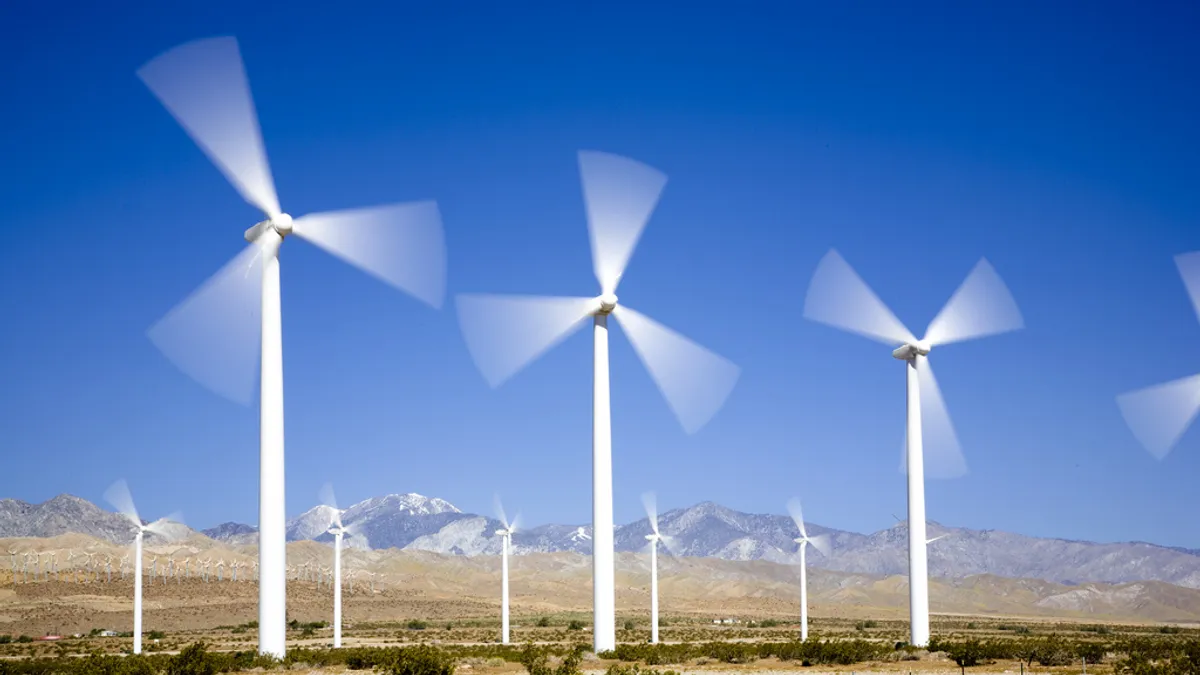Dive Brief:
- A study released by the Center for Rural Affairs urges more consistency in wind regulation, calling for states to develop consistent and timely permitting processes with no more than two levels of review.
- The study, which looked at rules in Nebraska, Wisconsin, Minnesota and Iowa, concludes that wind regulation must strike a balance between local and state control to be effective.
- In Nebraska, the study found public policy has held back the wind industry compared to neighboring states and has led to the development of just a fraction of Nebraska's wind potential.
Dive Insight:
Inconsistent, piecemeal regulations are holding back wind development in several states, a report from the Center for Rural Affairs concludes.
Of the four states examined, Nebraska and Wisconsin were singled out for having policies which hold back development. Wisconsin, in 2013, had less than 650 MW of wind capacity compared with Minnesota's 3,000 MW. Wisconsin uses both state and local siting boards, depending on the size of the facility, and has specific standards which were designed to advance the industry but appear to have slowed development.
Nebraska also uses a dual siting approach, and the report concludes it is hamstringing the state's wind developers. It's a top-3 state for wind potential, with up tp 3.5 GWh which could be harnessed each year, but as of last year had developed only 735 MW.
“Wind energy zoning remains generally uncoordinated and subject to state and local regulations, resulting in a piecemeal approach where zoning standards vary between states and within states,” Alissa Doerr, the author of the report, said in a statement. “In order for wind energy development to continue increasing, there must be an effective approach to wind energy zoning implemented that reduces inconsistency and unpredictability caused by the patchwork approach that is currently in place."
"The key is finding the right balance between local and state control," she said.















